Spring gardening tips for September: Sow peas and carrots, plant tomato seeds, dig out weeds, avoid codling moths
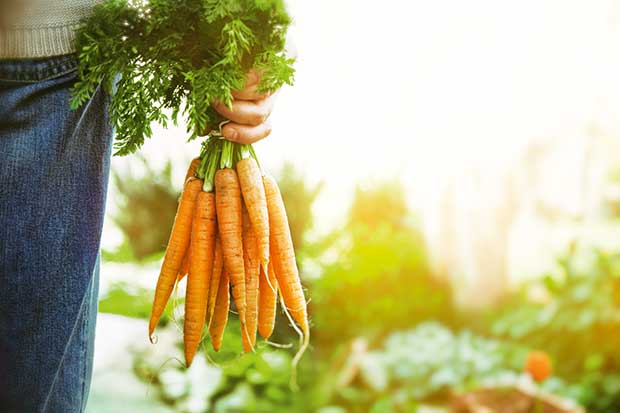
The season of serious sowing is here.
Words: Jane Wrigglesworth
Sow peas, parsnips, carrots and radishes directly into soil. Peas will germinate in soil temperatures as low as 4°C, although a consistent temperature above 7°C is ideal. Parsnips germinate at around 8°C, carrots and radishes around 7°C. The higher the temperature, the quicker they’ll germinate. In cooler areas, you may need to wait another month to sow.
In warm areas, sow beetroot directly in the ground Beetroot prefers soil temperatures of at least 10°C to germinate.
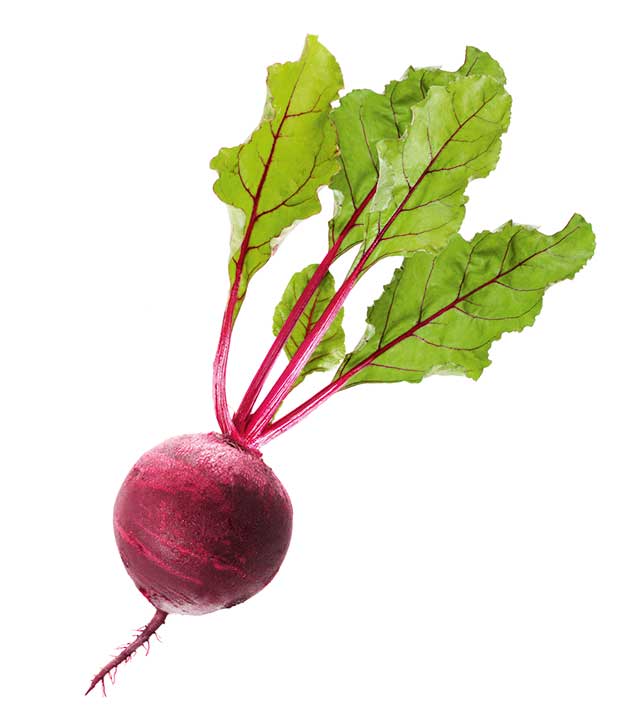
In cooler areas, broad beans can still be sown.
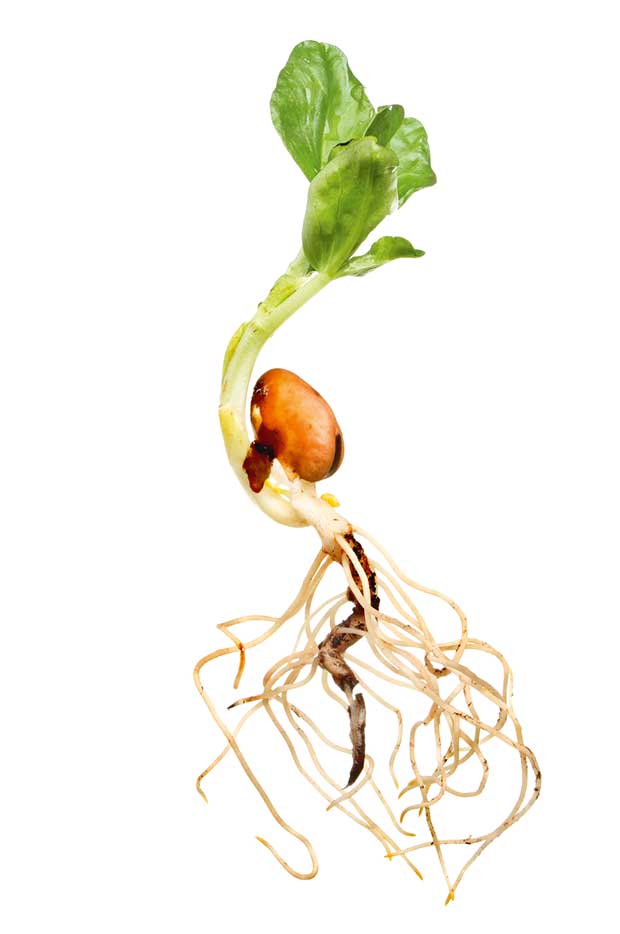
Plant herbs for beneficial insects. Herbs in the Lamiaceae family are rich in nectar and greatly appeal to beneficial bugs. Options include basil, bee balm (monarda), catmint, hyssop, lavender, lemon balm, mint, oregano, rosemary, sage and thyme.
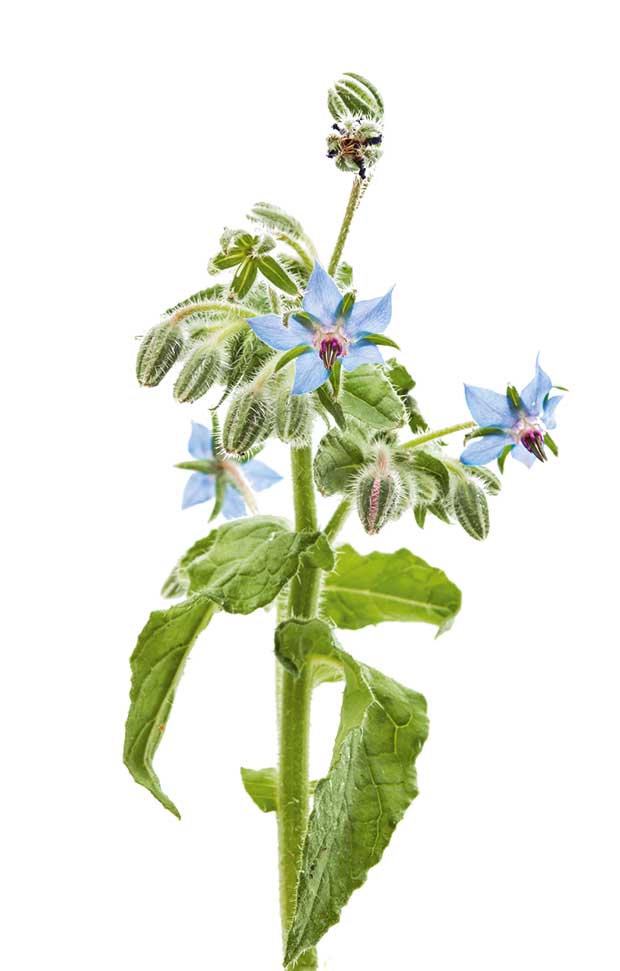
Borage.
Herbs from the carrot family (Apiaceae) – parsley, chervil, coriander, dill and fennel – produce flowers that are a good source of pollen and nectar. Herbs in the Boraginaceae family (borage, comfrey, phacelia) are rich in nectar.
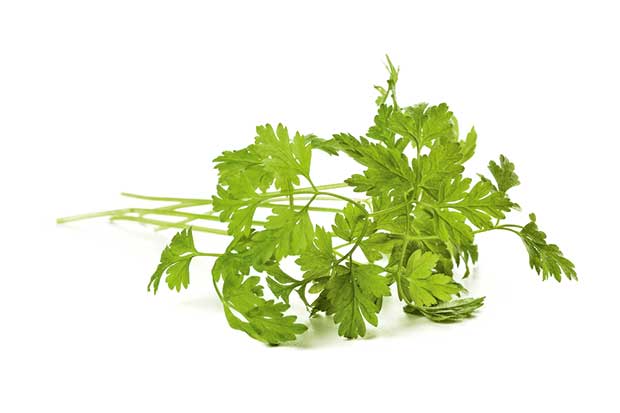
Chervil.
Codling moths emerge in mid-to-late spring and lay their eggs in the small, growing pipfruit. Hang pheromone traps to monitor moth flight and spray with Kiwicare’s Organic Caterpillar Bio Control or Yates Success Ultra Insect Control.
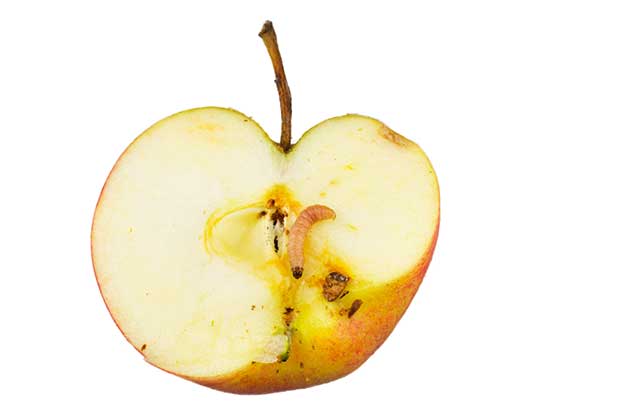
More on natural ways to fight codling moths all-year-round here.
Sow broccoli, cabbage, cauliflower, celery and kohlrabi in trays for planting out later.
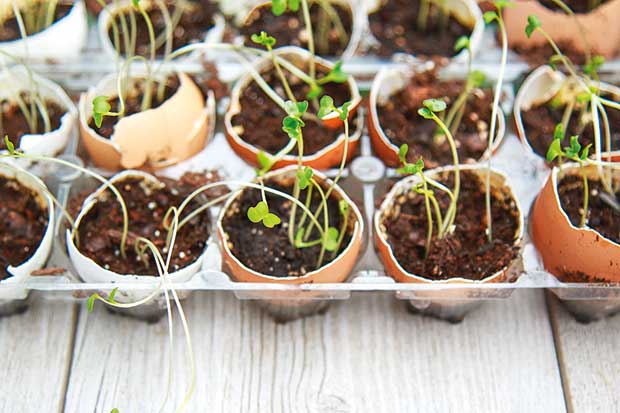
Pull or dig out early spring weeds and lay down compost or mulch to keep them at bay or they will quickly take over in the warmer weather.
Start warm-season vegetable seeds such as tomatoes, capsicums and chillis indoors.
Plant asparagus crowns now, if you haven’t already.
Top dress vegetable beds with compost in preparation for planting. Well-composted animal manure can also be used. Dig in green manure crops if you have grown them over winter.
Sow seeds of silverbeet, spring onions and lettuce at two- or three-week intervals so you get a continual supply.
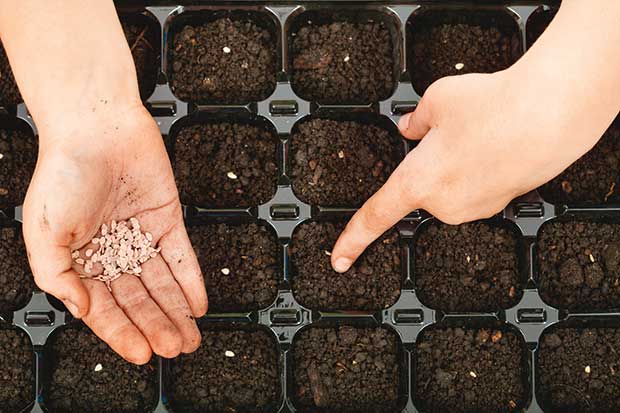
JANE’S TIPS FOR THE PERFECT CARROT PICK
The best time to pick carrots is late afternoon. This gets them at their sweetest because the plant has spent the day manufacturing sugars through photosynthesis.
Don’t leave your carrots in the ground for too long after maturity. Sugars begin to convert to starch and the flavour of your carrots will diminish.
Read more on how to grow the sweetest carrots here.
Love this story? Subscribe now!
 This article first appeared in NZ Lifestyle Block Magazine.
This article first appeared in NZ Lifestyle Block Magazine.
